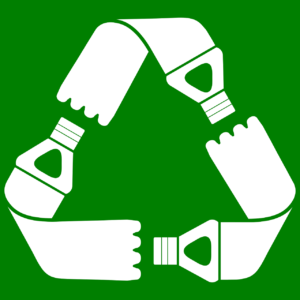In September 2013, St John Ambulance in Western Australia, reported a startling increase in  call outs to asthma related medical emergencies. More than 110, compared to less than 90 per month during the rest of the year.
The rise in asthma related incidents has been attributed to the spring weather in WA bringing about lots of flowering plants. Hay fever (or allergic rhinitis) is a well known trigger for asthma. As beautiful as they may be, horticultural expert Sabrina Hahn advises that there there are plants which should be avoided in family gardens and suitable alternatives for  those who are allergic should be planted instead.
Some plants to avoid (pollinated by wind):Â
- Ash
- Plane
- Pine
- Privet
- Liquid Ambers
- Birches
- Wattles
- Cypress
- Elms
Plants which may be more suitable (insect pollinated):
- Almond
- All Citrus
- Chinese Pistachio
- Bauhinia
- Agonis
- Eucalypts
- Hakea
- Melaleuca
St John Ambulance Service General Manager, James Sherriff, shares some advice for asthma sufferers.
“It is critical that asthma sufferers ensure they keep their puffer medication nearby, and ensure they have an adequate supply of in-date medication.”
…”if you don’t have your medication nearby or it isn’t relieving your symptoms, then do not hesitate to call triple zero. Asthma attacks can worsen rapidly.”
To read the full news article, click here.
Some general pollen avoidance tips from HayMax.
- Avoid drying clothes outside during high pollen count days.
- Shower before bed to remove pollen from hair and skin which can cause symptoms to flare up overnight.
- Close windows when driving, use the air-con instead. Most modern cars have a pollen filter which can help.
For more tips on managing allergies, go to the HayMax Allergy Guide

